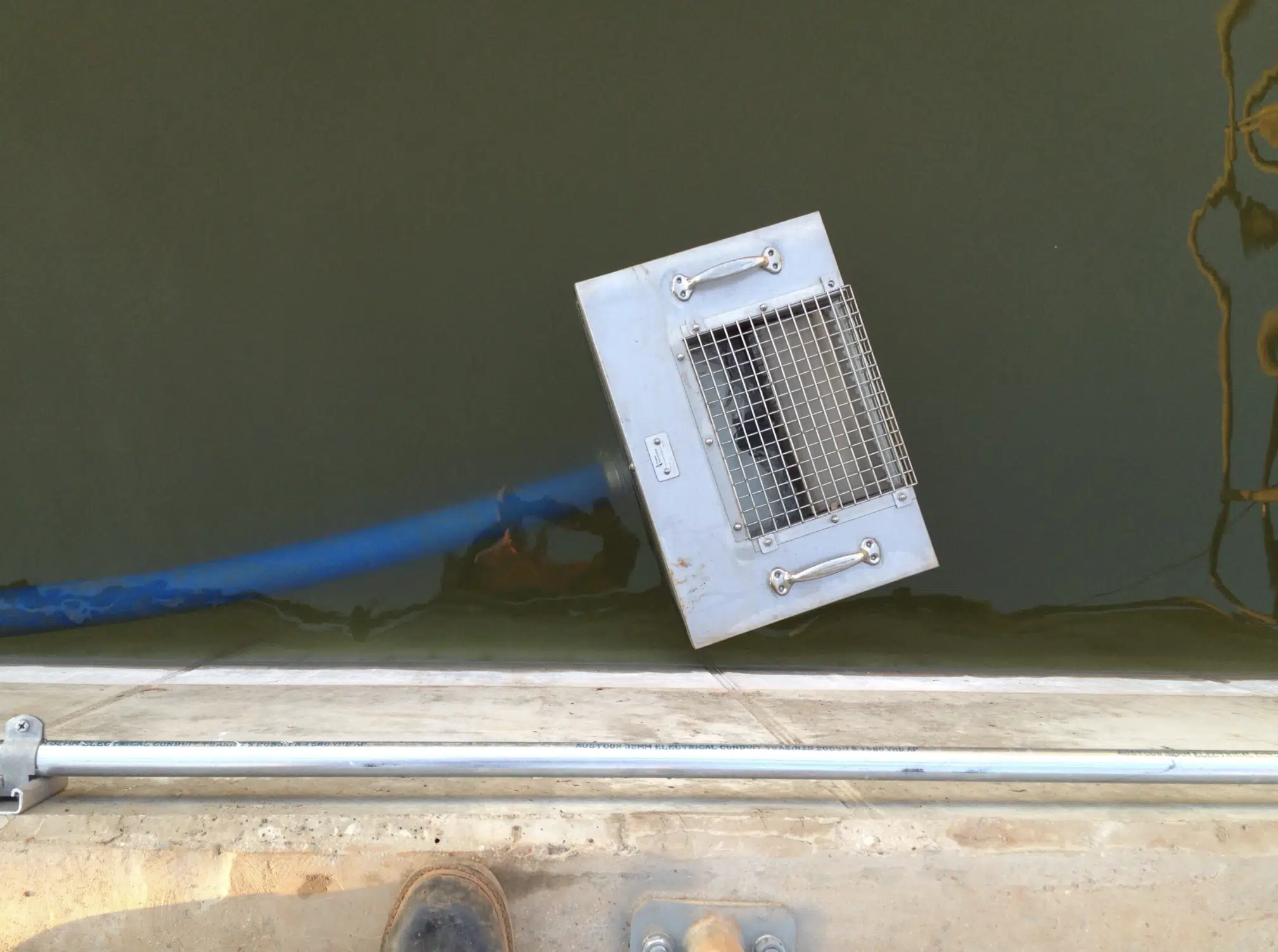Choosing a surface oil removal device for industrial wastewater involves more than just capacity. Factors such as build quality, skimming efficiency, and after-sales support are key to ensuring long-term reliability. By focusing on robust materials and adaptable designs, you can keep operations cost-effective, compliant, and ready to handle variable effluent conditions.
The Importance of Durable Construction
When dealing with industrial effluent, any skimmer is inevitably exposed to harsh conditions. Corrosion, temperature fluctuations, and chemical exposure can all shorten a system’s lifespan. Investing in high-grade materials such as stainless steel or reinforced polymers ensures that your device can withstand these challenges with minimal maintenance.
Rugged components also translate to fewer repairs and less unplanned downtime—a crucial consideration for facilities that operate on tight schedules.
Capacity and Operational Efficiency
Different setups demand different skimmer capacities. If you’re managing sporadic oil spills or continuous effluent flows with high contaminant loads, you’ll want a device that can handle the volume and viscosity of the oil. Some designs excel at collecting light, emulsified oils, while others are best suited for heavier substances.
Assessing flow rates and the nature of your contaminants helps determine the right type of skimmer for your specific industrial conditions. Keep an eye on energy consumption, too—efficient skimmers often save money in the long run by reducing both power use and manual oversight.

Floating Adaptability for Varied Conditions
Water levels can rise and fall daily, especially in open basins or ponds exposed to rainfall or changing process flows. A floating design ensures that the collection point stays aligned with the water’s surface, improving skim efficiency even under fluctuating conditions.
If you need a floating oil skimmer specifically, Baldwin offers several adaptable options designed to handle tough industrial environments. By adjusting to waves or current changes, these units maintain a stable skim zone that captures contaminants more reliably.
Reliable After-Sales Support
No matter how well-built a skimmer is, issues can still arise over time. Suppliers that provide robust after-sales support, including spare parts availability and on-call technical guidance, can save you considerable stress and cost down the road. Baldwin’s experience since 1988 positions us to offer prompt solutions, from routine maintenance tips to troubleshooting unexpected performance dips.
Integrating Your Skimming Device
Selecting the right device isn’t a one-size-fits-all decision. It’s crucial to consider how the skimmer integrates with your overall wastewater treatment system:
- Assess Your Flow and Oil Load: Determine the volume and type of oil you need to remove.
- Match Device Specifications: Ensure that the chosen device meets or exceeds the required capacity.
- Plan for Future Upgrades: Consider modular designs that allow for easy scalability or retrofitting as your operational needs evolve.
For more detailed specifications or to explore available options, visit our Floating Oil Skimmers product page. To discuss your specific requirements, please contact us.
Conclusion
Choosing the right industrial skimming device involves considering durability, capacity, adaptability, and after-sales support. By selecting a well-designed system that integrates seamlessly with your wastewater treatment process, you can achieve efficient oil removal, reduce maintenance costs, and stay compliant with environmental standards. For more expert advice or to explore tailored solutions, contact Baldwin Industrial Systems and browse our blog for further insights.
Frequently Asked Questions
What is a surface oil removal device?
A surface oil removal device is engineered to extract oil and other floating contaminants from water surfaces. Commonly used in industrial settings such as refineries, wastewater treatment facilities, and manufacturing plants, these devices separate accumulated oil and grease from tanks, ponds, or open water, helping to minimise pollution risks and maintain smooth downstream operations.
What are the advantages of using a surface oil extraction system?
These systems offer several benefits:
- Effective Contaminant Reduction: They target and collect oil efficiently, lowering the risk of environmental contamination.
- Low Maintenance Requirements: Built with durable, corrosion-resistant materials, these devices typically demand minimal upkeep and only occasional cleaning.
- Versatility: They are suitable for a variety of industrial applications and can adapt to different water conditions.
- Cost Savings: Efficient oil removal helps prevent equipment damage, reduces the risk of environmental fines, and minimises the need for expensive clean-up operations.
How does Baldwin ensure reliability in its oil separation solutions?
Baldwin Industrial Systems has been a trusted provider since 1988, known for our commitment to quality, durability, and responsive support. Our systems are engineered for long-term performance, backed by comprehensive after-sales service. For more details, please contact our team or visit our Wastewater Treatment Products page.
Where can I find additional information on oil separation best practices?
For broader industry insights and technical guidelines on removing oil from water, consider reviewing resources from authoritative agencies such as the Environmental Protection Agency (EPA).
